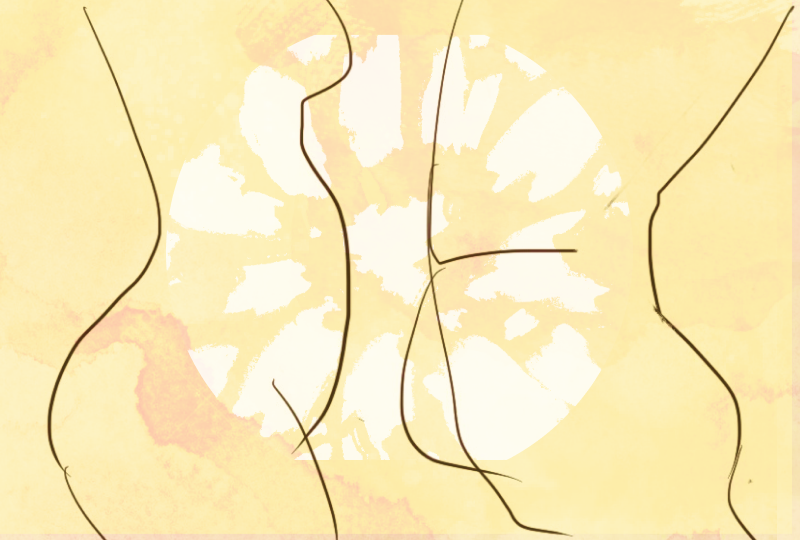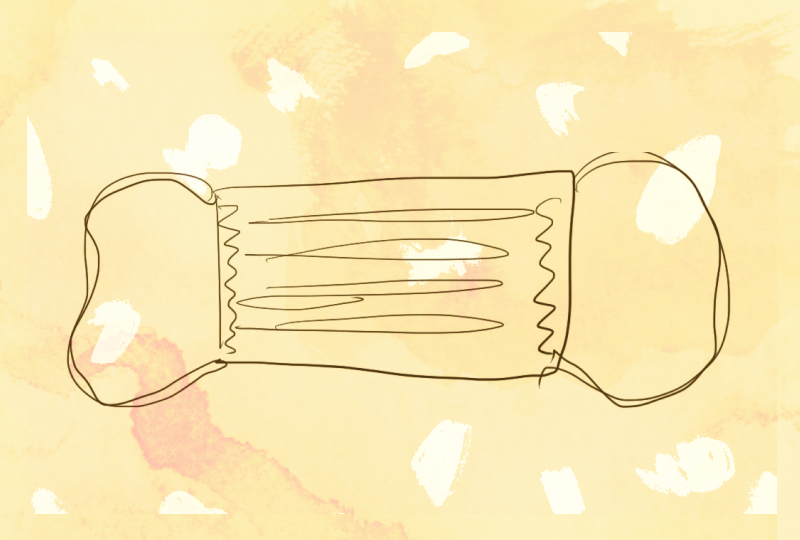
Keeping up your physical health
Take good care of your body. Your physical health is so much more than your HIV diagnosis.
🍲 Nourish your body
Even if we all exercised and ate in the same way, we would still have different bodies. It is important to listen to your body; eat when you are hungry and stop eating when you feel full.
For most people living with HIV, nutrition involves having a variety of foods like anyone else. A balanced diet usually consists of:
Starchy foods
Fruit and vegetables
Dairy products or alternatives
Beans, pulses, nuts, fish, eggs and meat
Unsaturated oils and spreads
Foods high in fat and sugar can be eaten, but it is advised to be eaten less often and in smaller amounts
This resource sheet provides some helpful eating tips for people living with HIV.
However, it is recommended that you should speak with your HIV specialist and consult a dietician if you are or experiencing the following:
Weight loss and becoming underweight
Weight gain
Dietary problems
Uncomfortable side effects from your treatment that make it hard to eat well (such as vomiting and diarrhoea)
A long-term HIV survivor (you may need a more specific diet that addresses health conditions caused by ageing and the long-term use of HIV medication)
👟 Get movin’!
🏃♂️🏋️ Do aerobic and strength-building exercises
Exercise is made up of aerobic exercise and muscle-strengthening (resistance).
Aerobic exercise provides cardiovascular conditioning (improving your heart’s ability to pump blood), while muscle-strengthening helps to build and maintain strong bones and muscles.
You can find out more about the various types and amounts of exercises here.
❤️ Benefits of exercise
Depending on the type and amount of exercise, you can reap these benefits from exercising:
Improved health of heart and lungs
Increased muscle mass
Increased energy levels
Stronger bones
Improved processing of sugars
More flexibility in the muscles and joints
Alleviation of stress and depression (exercise helps to produce endorphins, also known as “feel-good” chemicals)
⚠️ Exercising with chronic conditions
If you have chronic conditions and want to exercise to boost your physical and mental health, you should first speak to your doctor and they can advise you if you need to be cautious.
For example, if you have chronic conditions such as high blood pressure and joint problems, your doctor might recommend trying certain lower-intensity exercises.
🧘 Health is more than your weight
Looking at your weight on a scale is not a way to determine your health.
Health is determined by a variety of factors, and exercise is one of the ways to improve your overall health. It can provide physical, emotional, and psychological benefits.
👉 Tips for exercising
📝 Plan your regimen
You should try to visualise your goals for your exercise regimen.
Instead of picking difficult and exhausting exercises first, choose exercises that are manageable as it is easier to stay motivated.
If you find it difficult to stick to an exercise regimen by yourself, you might want to exercise with a supportive workout buddy or consult a fitness coach.
It is important to find a fitness coach who can understand your physical needs, set reasonable fitness goals with you, and can encourage you to reach your goals.
You do not have to disclose your HIV status, and can just share about your physical condition and if you have any chronic conditions that can affect your exercise regimen.
🥣 Fuel your body
Exercising requires energy, and energy is most easily found in food.
Do not starve yourself or deprive yourself of food! Otherwise, you risk becoming dizzy and might suffer an injury.
When it comes to fuelling your body for exercise, consider these 5 key rules:
Eat a carbohydrate-rich breakfast: You can consider eating whole grain cereals, a banana, yoghurt, pancake and so on.
Eat after you exercise: Eating a meal that contains both carbohydrates and protein within two hours of your exercise session helps your muscles to recover.
Watch the portion size: If you have a heavy meal instead of a light meal or snack, you need to wait longer before exercising.
Snack well: If your exercise regimen exceeds an hour, you should consider having a carbohydrate-rich food or drink.
Drink up: You need to drink fluids before, during, and after exercising.
💪 Sustaining your routine
If you want to sustain your motivation and enthusiasm for exercise, consider these helpful tips:
Set small, achievable goals and do not overdo yourself
Reward yourself for reaching small or big milestones in your exercise journey
Keep a diary of your progress
Be kind to yourself and stay flexible
Make it fun and pick exercises that you enjoy
Consider making physical activity part of your everyday routine
At the same time, remember that your motivation to exercise might wane after a few weeks, and this is okay. You can take a break from exercising and return to it again whenever you feel ready.
🕺 Remember, you can exercise in other ways!
Exercise is so much more than hitting the gym. Exercise can be found in everyday life, it could be:
A walk in the park or during your commute
Walking up the stairs instead of taking the lift
Dancing in your room
Yoga
Household chores like gardening, cleaning etc
Social games like badminton, basketball, Zumba, golf etc
Cycling
Found this useful? There’s more!
This is a part of our series for people older than their 50s living with HIV. In the series, we show you how to take care of your body, mind and health.

More resources
Living with HIV - Your Sexual Health
Be a responsible partner, and you can still have a great sex life!
Living with HIV - Powering through COVID-19
You can do your part to keep yourself safe and healthy in the pandemic.
Living with HIV
With medication, HIV is a manageable, chronic condition - you will still be able to live a healthy and productive life.


